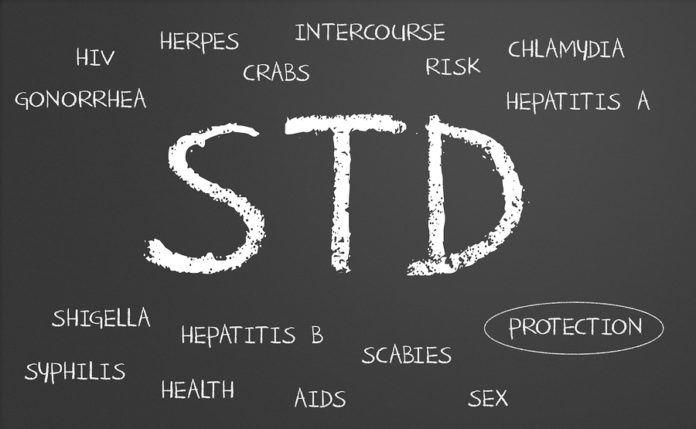
In Davos at the World Economic Forum earlier this month, Bill Gates predicted that both an HIV vaccine and cure would be available by 2030, eliminating most new cases of the deadly virus and tipping the scales in Africa in favor of higher numbers of people in treatment versus newly infected. Bill and his wife Melinda fund medical research through the Bill and Melinda Gates Foundation. Gates’ announcement follows the recent 2014 discovery at Temple University, wherein Dr. Kamel Khalili led a team of scientists to create a protein combination that can remove HIV from a cell’s DNA. This is big news for the 35 million people worldwide living with HIV/AIDS, with 24.7 million in sub-Saharan Africa.
It is believed that at some point in 2015, 50% of the population of those living with HIV in the United States will be senior citizens, typically defined as individuals over the age of 65. Rising numbers of HIV-positive senior citizens have been attributed to not only false conceptions surrounding sexual inactivity among senior citizens, but also to the lack of sex education among the elderly. The Mirror reported the trending of bug parties, where non HIV-positive men seek HIV-infected men to have sex with in an attempt get infected with the disease deliberately, sometimes citing the thrill of the chase and a desire to “get it (infection) over with” since the danger of contracting HIV is statistically higher for gay men. The Mirror also reported that the numbers of gay or bisexual men being treated for HIV has risen 58% in the UK over the last ten years.
The endurance of high-profile celebrities such as Magic Johnson, who announced his HIV-positive status in 1991, coupled with medical breakthroughs in drugs and treatment that are keeping people alive longer have contributed to the perception that an HIV-positive diagnosis is no longer a death sentence. And while there is certainly truth to that for some, it makes light of the serious health issues, complications, lifestyle changes and healthcare costs an HIV-positive status warrants. The recent outbreak of measles at Disneyland attributed to parents’ refusal to vaccinate their children demonstrates, “Vaccines have reduced and, in some cases, eliminated many diseases that killed or severely disabled people just a few generations ago…smallpox vaccination eradicated that disease worldwide.” There is no substitute for accurate information.
HIV-related deaths have been among the rise among people ages 15 to 24 and are the second most prolific cause of death among young people worldwide. The solution to combatting the ignorance and rising numbers of HIV infected individuals will always come down first and foremost to the practice of preventive medicine, which begins with education. We must teach children, retirement community and nursing home populations of all socio-economic backgrounds about the choice for abstinence as well as the need to use a condom when having sex.
Admittedly, outside the US and UK there are significant cultural obstacles in HIV education, but it is only through open communication in a society that we can overcome what is feared or taboo and work to expel uninformed rumors about how HIV is contracted or what a diagnosis means. Sexual education does not lead to an increase in promiscuity. Encourage children, retirement community and nursing home populations to manage their own health through abstinence or practicing safe sex, but also by getting annual STD checks to promote their own sexual health, as well as a greater societal dialogue about HIV/AIDS and safe sex. Having an STD puts you at greater risk for contracting HIV.
In an interview for Mother Jones on his book about AIDS and Africa, Our Kind of People: A Continent’s Challenge, A Country’s Hope, doctor and author Uzodinma Iweala says, “The more wealthy you are the more you know because of education and access to information. That creates a different conversation. You might hear more concrete information about how you get the virus or how you treat it. In urban centers there was obviously more awareness and understanding than in rural areas. In terms of just general reaction, it’s the same as anywhere…That’s true whether you’re rich or poor or from Nigeria, Botswana, the United States, or Europe.”
